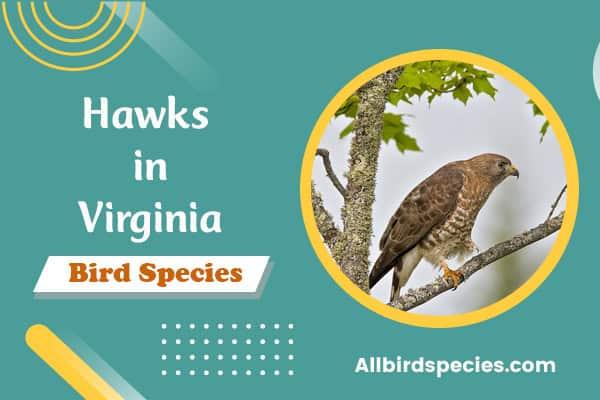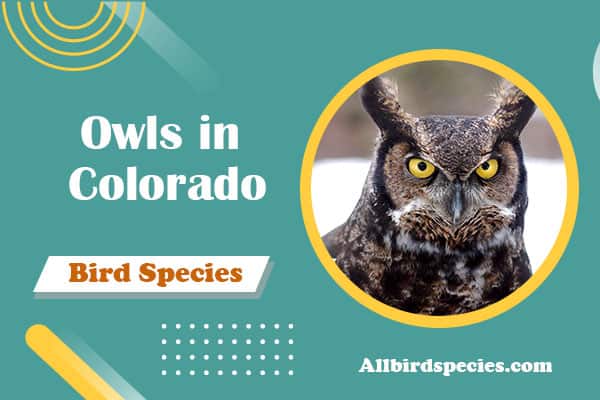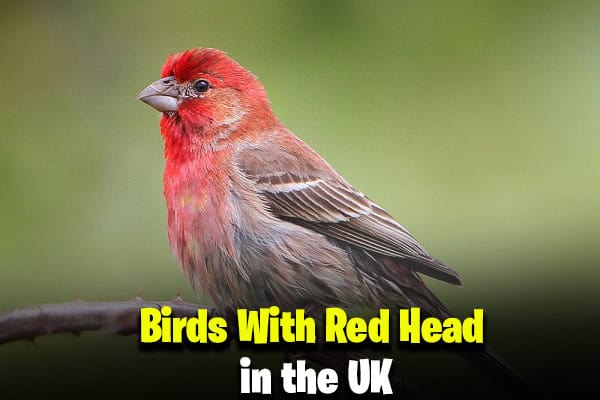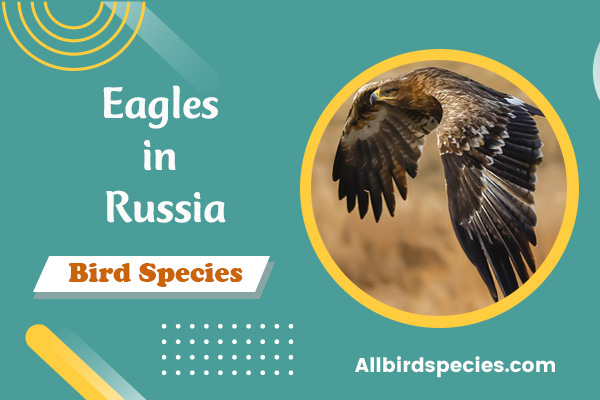Hawks in Virginia – 7 Common Species You Can Spot
Ever wondered about the Hawks living in Virginia? These birds of prey can be seen flying over the state’s varied landscapes. From woodlands to open fields, they grace the skies. If you love birdwatching in Virginia, you’ll find the hawk species here fascinating.
This article will show you seven common hawks in Virginia. You’ll learn about their unique traits and behaviors. Whether you want to see a red-shouldered hawk or watch a red-tailed hawk fly, Virginia has much to offer.
Discover 7 Types Of Hawks That Found in Virginia!!
Learning about hawks and where they live makes your outdoor adventures better. Birdwatching Virginia lets you connect with these raptors up close. Spotting these amazing birds is thrilling, immersing you in Virginia’s rich bird life.
| Hawk Species | Habitat | Key Features |
|---|---|---|
| Red-Shouldered Hawk | Wooded Areas | Reddish shoulders, distinctive call |
| Red-Tailed Hawk | Open Fields, Cliffs | Broad, red tail, large size |
| Cooper’s Hawk | Urban Areas, Forests | Medium size, short tail, stealthy |
| Sharp-Shinned Hawk | Forests | Small size, sharp features |
| Broad-Winged Hawk | Wooded Areas | Broad wings, migratory |
| Rough-legged Hawk | Open Fields | Feathers on legs, pale color |
1. Red-shouldered Hawk in Virginia
- Scientific name: Buteo lineatus
- Life span: 19 years
- Size: 16.9-24.0 in
- Weight: 17.1-27.3 oz
- Wingspan: 37.0-43.7 in
- Status: Least Concern
The Red-Shouldered Hawk is a bird that many bird lovers enjoy seeing in Virginia. Its unique look and behavior make it a top choice for bird watchers. Learning about its features and behavior can make your natural experiences better.

Identification Features and Behavior
The Red-Shouldered Hawk (Buteo lineatus) stands out with its brownish head, reddish chest, and pale stripes. It has a wide wingspan, from 37.0 to 43.7 inches. These hawks live in deciduous swamps and wooded areas, playing a big role in Virginia’s bird life.
They are known for their monogamous mating and nesting in tall trees. During courtship, they perform exciting aerial displays. Watching their behavior can make wildlife outings more thrilling.
Diet and Hunting Strategies
The Red-Shouldered Hawk eats small mammals like voles and mice, as well as small birds and crayfish. They hunt from a high spot, then swoop down quickly to catch their food. Their great eyesight helps them spot food from far away.
Hawks in other Regions:
2. Red-Tailed Hawk
- Scientific name: Buteo jamaicensis
- Life span: 10-15 years
- Size: 19.7-25.6 in
- Weight: 31.8-51.5 oz
- Wingspan: 44.9-52.4 in
- Status: Least Concern
The Red-Tailed Hawk is a bird that grabs the interest of many in Virginia. It’s a big raptor with unique looks and a wide range across North America. Its reddish tail and changing colors make it easy yet fun to spot.

Physical Characteristics and Range
The Red-Tailed Hawk (Buteo jamaicensis) stands out for its size, weighing 1.5 to 3.5 pounds. Its wings stretch from 44.9 to 52.4 inches, perfect for gliding and soaring. These hawks come in different looks. Adults often have a reddish-brown tail and a speckled body with a light belly.
These hawks live in many places, making their range wide. You can find them in woods, fields, and even cities. Their ability to adjust to new environments has made them common in Virginia. They’re often seen on trees by the road or flying high in the sky.
| Physical Trait | Description |
|---|---|
| Weight | 1.5 – 3.5 pounds |
| Wingspan | 44.9 – 52.4 inches |
| Tail Color | Reddish brown, distinctive in adult birds |
| Body Color | Varies from light to dark with speckled patterns |
3. Cooper’s Hawk
- Scientific name: Accipiter cooperii
- Life span: 12 years
- Size: 14.6-15.3 in
- Weight: 7.8-14.5 oz
- Wingspan: 24.4-35.4 in
- Status: Least Concern
The Cooper’s Hawk (Accipiter cooperii) has shown an incredible ability to thrive in various environments, especially in urban areas. This adaptability contributes significantly to its increasing presence in cities and suburban landscapes. Whether you live in a bustling neighborhood or a quieter area, you might spot this medium-sized hawk making itself at home among the trees.

Adaptability in Urban Areas
Cooper’s Hawk behavior shows its resourcefulness, especially when it comes to hunting and nesting in urban settings. This species primarily feeds on smaller birds and mammals. Its agility allows it to navigate effectively through residential regions. Their hunting techniques have evolved to exploit the abundance of prey available in these environments.
- They prefer areas with a mix of trees and open spaces, making parks ideal spots for sighting them.
- Their vocalizations can often be heard during the breeding season, adding a touch of nature to urban life.
- Cooper’s Hawks are known to adapt their nesting habits to use available structures, like tall buildings or large trees.
As you observe the Cooper’s Hawk in action, take note of the graceful way it maneuvers through its environment. Its urban adaptation strategies not only display its resilience but also provide opportunities for residents to appreciate the beauty and skill of this remarkable bird.
4. Sharp-Shinned Hawk
- Scientific name: Accipiter striatus
- Life span: 5 years
- Size: 9.4-13.4 in
- Weight: 3.1-7.7 oz
- Wingspan: 16.9-22.1 in
- Status: Least Concern
The Sharp-Shinned Hawks is a bird you might see in Virginia woods. It’s known for its unique look and how it hunts. Learning how to spot this hawk can make birdwatching more exciting and help you appreciate these birds more.

Differentiating Characteristics from Cooper’s Hawk
It’s easy to confuse the Sharp-Shinned Hawk with the Cooper’s Hawk. But there are key differences to help you tell them apart:
- Size: The Sharp-Shinned Hawk is the smallest hawk in Virginia, much smaller than the Cooper’s Hawk.
- Tail Shape: Its tail is rounded and rectangular, unlike the Cooper’s Hawk’s more rounded tail.
- Body Structure: The Sharp-Shinned Hawk is slender, while the Cooper’s Hawk is stockier.
- Flight Pattern: Watch for its quick, fluttering wingbeats and short glides in flight.
Knowing these differences helps you identify the Sharp-Shinned Hawk and appreciate Virginia’s bird diversity. It also improves your skills in observing these interesting birds in nature.
5. Broad-Winged Hawk
- Scientific name: Buteo platypterus
- Life span: 12 years
- Size: 13.4-17.3 in
- Weight: 9.3-19.8 oz
- Wingspan: 31.9-39.4 in
- Status: Least Concern
The Broad-Winged Hawk is a fascinating bird with unique traits during its migration and breeding. It stands out with its eye-catching looks and social ways. Birdwatchers in Virginia love to see it.
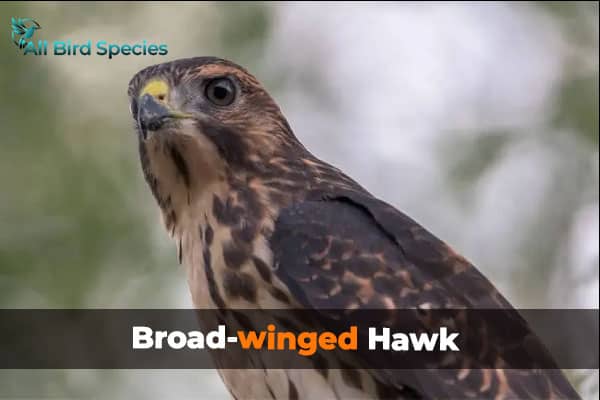
Migration Patterns and Breeding Season
From April to August, the Broad-Winged Hawk breeds, picking out territories and showing off. Nesting is a big deal for them, as they look for the perfect spot in wooded places. In the fall, they migrate in big groups to warmer areas in South America. This makes for a stunning sight in the sky.
During migration, the Broad-Winged Hawk uses thermals to soar over vast distances. They hunt small mammals and amphibians in the trees, showing how they adapt to find food. Watching these hawks during breeding and migration is a special experience for bird lovers and nature fans.
| Time | Activity |
|---|---|
| April – August | Breeding Season |
| September – November | Migration to South America |
6. Rough-legged Hawk
- Scientific name: Buteo lagopus
- Life span: Up to 15 years
- Size: 18-20 in
- Weight: 1.5-3.25 lbs
- Wingspan: 52-54 inches
- Status: Least Concern
The Rough-Legged Hawk is a sight to behold in the cold months. It stands out with its unique look and hunting ways. These hawks move south to Virginia for the winter, offering birdwatchers a rare chance to see it.
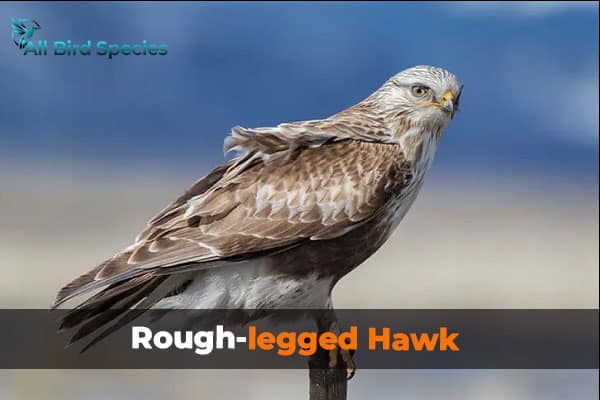
You might see it flying high or hovering over the ground. This makes it different from other hawks in the area.
Seasonal Presence in Virginia
In winter, the Rough-Legged Hawk comes from its Arctic home to Virginia. This is a great time for birdwatchers. Look for these hawks in open fields where they hunt for small mammals.
They are easy to spot because of their unique colors. This helps them stand out from other hawks.
Here’s an overview of the Rough-Legged Hawk to help you get to know this amazing bird:
| Feature | Description |
|---|---|
| Scientific Name | Buteo lagopus |
| Habitat | Open fields, tundra, and areas with sparse vegetation |
| Migration Period | Late fall to early spring |
| Notable Behavior | Hovering while hunting |
| Primary Diet | Small mammals, particularly rodents |
Seeing the Rough-Legged Hawk during its migration is a special way to connect with nature. Keep an eye out for this beautiful bird of prey in the coming months!
7. Northern Goshawk
- Scientific name: Accipiter gentilis
- Life span: Up to 15 years
- Size: 24-29 in
- Weight: 1.5-3 lbs
- Wingspan: 45-52 in
- Status: Least Concern
The Northern Goshawk, like the Cooper’s Hawk and Sharp-Shinned Hawk, is incredibly agile and skilled at flying through dense forests. These birds are very secretive, often hiding deep within wooded areas.
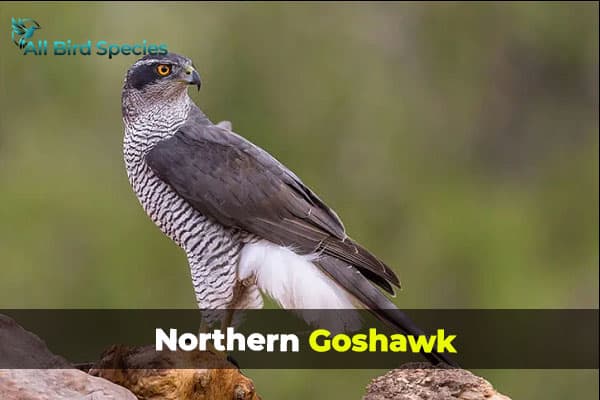
The Rough-legged Hawk can be found all year in northern Virginia and sometimes in the southern part during non-breeding times. The Northern Goshawk stands out with its dark grey upper feathers and lighter gray underparts with black stripes.
The Northern Goshawk forms lifelong pairs, staying with the same mate. During courtship, the male and female soar and circle above the forest. The male performs aerial dives and brings food to the female to show his affection.
The female mostly builds the nest, while the male provides food. Their nests are usually placed high in tall trees within thick forests.
The Fascinating World of Virginia’s Hawks
In Virginia, many types of hawks catch the eye of bird lovers and nature fans. These hawks have special traits that help them live well in their homes. Hawks are divided into two main groups: accipiters and buteos.
Accipiters, like the Cooper’s Hawk and Sharp-Shinned Hawk, are super agile. They move easily through dense forests. On the other hand, buteos, such as the Red-Tailed and Red-Shouldered Hawks, have wide wings. These wings let them soar high and glide on warm air currents.
Knowing how to tell hawks apart is key to enjoying them more. By looking closely, you can spot differences in size, color, and how they fly. This makes watching them even more exciting.
Hawks have interesting ways of living. They have special hunting methods and ways of showing love. Watching them hunt shows how smart and flexible they are.
Where to Find Hawks in Virginia
Virginia is home to a wide range of hawk habitats, making it a top spot for bird lovers. You can find hawks in everything from the dense forests of the Appalachian Mountains to the open fields of the Piedmont region. Each place supports different hawk species all year round. Knowing where to look for hawks can make your birdwatching trips even better.
Here are some top spots in Virginia for seeing hawks in their natural setting:
- Shenandoah National Park: This park is perfect for seeing Red-Shouldered Hawks soaring through its woods.
- Chesapeake Bay: The coastal marshes here are home to various hawks, including the Rough-Legged Hawk during migration.
- Blue Ridge Parkway: With its open views and diverse habitats, this parkway is great for spotting hawks all year.
- Great Dismal Swamp: This unique habitat is full of wildlife and is a great place to find Cooper’s Hawks.
When you visit these places, watch for hawks flying overhead or resting in trees. Learning about hawk habitats in Virginia will help you see these amazing birds. The state’s rich ecosystem not only draws hawks but also offers a beautiful setting for birdwatching.
Check Our Previous Articles:
| Hawks in Pennsylvania |
| Birds of the African Savanna |
| Hawks in North Carolina |
| Are Black Peacock Real or Fake? |
| Yellow Birds With Black Wings |
Wrapping Up…
Virginia is home to a wide variety of hawks, offering an exciting adventure for birdwatchers at all levels. Spotting a Red-Tailed Hawk over the Blue Ridge Mountains or a Cooper’s Hawk in your backyard is thrilling. These moments deepen your love for local wildlife and the ecosystems they live in.

